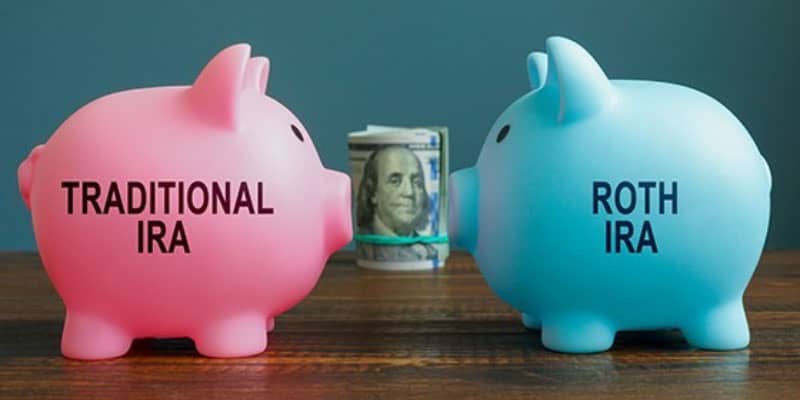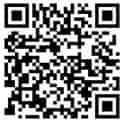For a company to be truly successful, its ownership needs to attempt the impossible: see into the future. Forecasting key metrics — such as sales demand, receivables, payables and working capital — can help you manage overhead, offer competitive prices and keep your business on firm financial footing. Although financial statements are often the starting point for forecasts, you’ll need to do more than just multiply last year’s numbers by a projected growth rate in today’s uncertain marketplace. Here are some tips to consider.
Pick your time frame
Forecasting is generally more accurate in the short term. The longer the period, the more likely it is that customer demand or market trends will change. Quantitative methods, which rely on historical data, are typically the most accurate. However, they don’t work well for long-term predictions. If you’re planning to forecast over several years, try qualitative forecasting methods, which rely on expert opinions instead of company-specific data.
Define your demand
Weather, sales promotions, safety concerns and other factors can cause sales to fluctuate. For example, if you sell ski supplies and apparel, chances are good your sales tend to dip in the summer. If demand for your products or services varies, consider forecasting with a quantitative method. One example is “time-series decomposition,” which examines historical data and allows you to adjust for market trends, seasonal trends and business cycles. You also might want to invest in forecasting software. These solutions allow you to plug other variables into the equation, such as the short-term buying plans of key customers.
Assess your data
Quantitative forecasting techniques require varying amounts of historical information. For instance, you’ll need about three years of data to use “exponential smoothing,” a simple yet fairly accurate method that compares historical averages with current demand. If you want to forecast for something you don’t have data for, such as a new product or service, you might use qualitative forecasting. Alternatively, you could base your forecast on historical data for a similar product or service in your lineup.
Get intensive for inventory
If you operate a business with extensive inventory, forecasting is particularly critical. As you’ve likely learned over time, you’ve got to establish accurate methods of counting inventory and adjust levels as appropriate to best manage cash flow. For peak accuracy, take the average of multiple forecasting methods. To optimize inventory levels, consider forecasting demand by individual products as well as by geographic location.
Craft your crystal ball
The optimal forecasting approach for any business will depend on multiple factors, such as its industry and customer base. Contact us to discuss the forecasting practices that make the most sense for your company.






